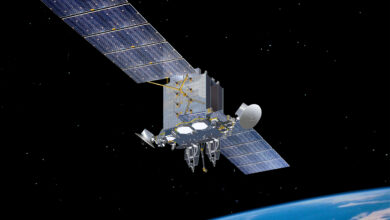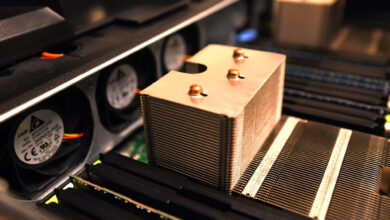DARPA Aims for More Accurate Atomic Clock to Replace GPS
The Defense Advanced Research Projects Agency is bidding to develop a 100 times more accurate atomic clock for a range of air, land, and sea platforms.
The agency aims to develop an alternative to the present GPS satellite-based atomic clock that provides “nanosecond (one billionth of a second) timing accuracy” for platforms such as “missiles, sensors, aircraft, ships, and artillery.”
The new clock will make the system less reliant on GPS, which is vulnerable to spoofing and jamming in contested environments.
Optical Atomic Clock
A conventional atomic clock uses a microwave beam to measure the frequency of change in an atom’s energy state. The DARPA-sponsored four-year Robust Optical Clock Network program seeks to develop an optical atomic clock that uses light instead of the microwave to measure the change.
The program aims to replicate the agency’s multi-year work in the field, which has produced laboratory models of far more accurate optical atomic clocks — with a longer period of accuracy — than current atomic clocks.
100 Times More Accurate
However, the laboratory models are very complex to operate, requiring the transition “to small and robust versions that can operate outside the lab,” program manager at the DARPA Defense Sciences Office, Tatjana Curcic said.
“If we’re successful, these optical clocks would provide a 100x increase in precision, or decrease in timing error, over existing microwave atomic clocks, and demonstrate improved holdover of nanosecond timing precision from a few hours to a month. This program could create many of the critical technologies, components, and demonstrations leading to a potential future networked clock architecture.”
Curcic told Breaking Defense that the transition will require a “tradeoff” between “extreme precision and usability.”
“Optical clocks in the lab are more than 100 times better than clocks and GPS. The optical clock that we are going to develop, we will definitely sacrifice some of the performance,” she was quoted by the outlet as saying.
“We are not aiming for the performance that folks have demonstrated in the lab. But still, it will be about 100 times or so better than current clocks.”
Features
The air and land version of the clock should provide picosecond (trillionth of a second) accuracy for 100 seconds while the naval vessel-based variant is required to provide “GPS-equivalent, nanosecond precision for 30 days in the absence of GPS.”
The portable clock, which will be installed on aircraft, land vehicles, and satellites, should be “temperature, acceleration, and vibrational noise” proof, while the larger second clock should come in a “transportable package that could fit on a Navy ship or in a field tent.”












